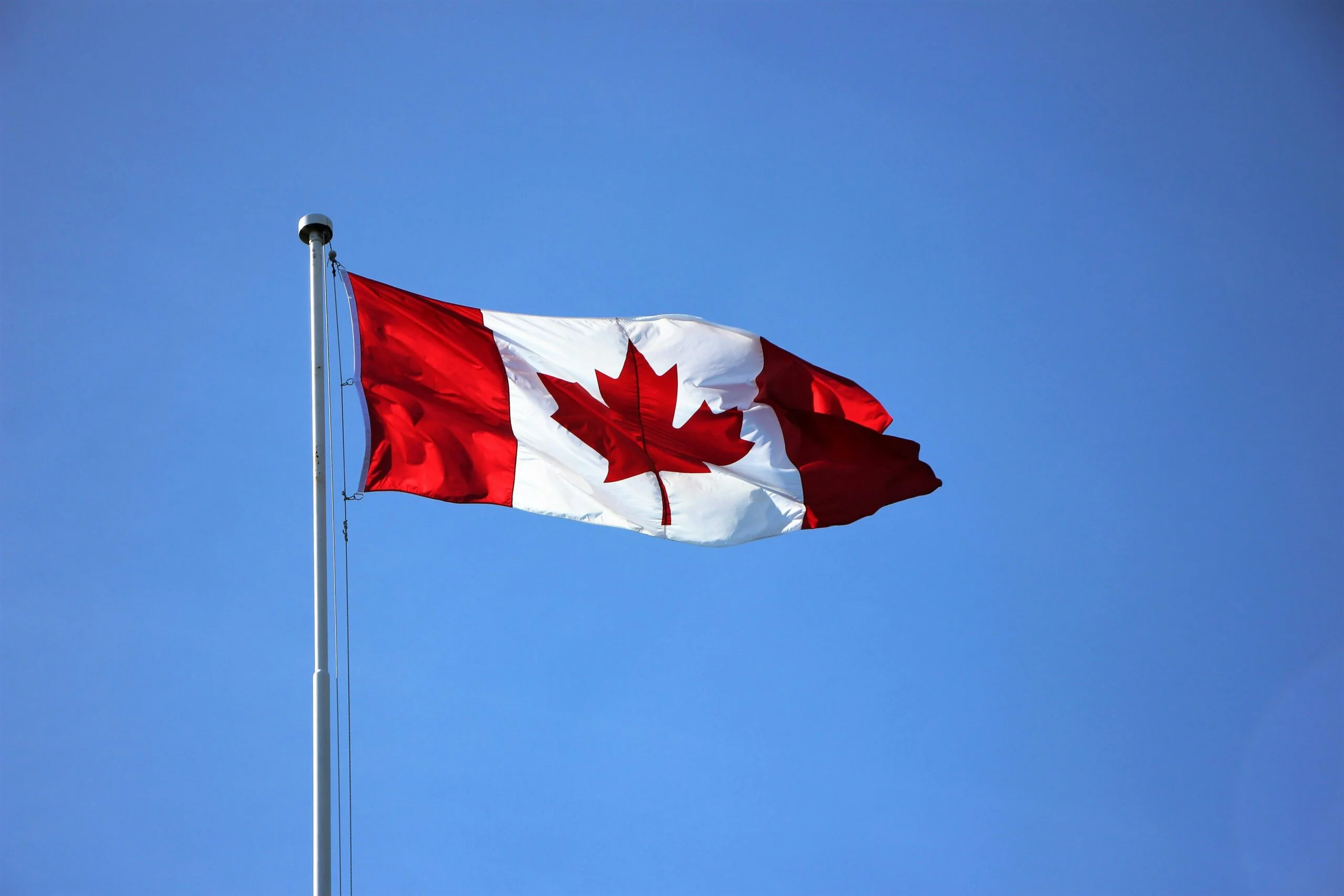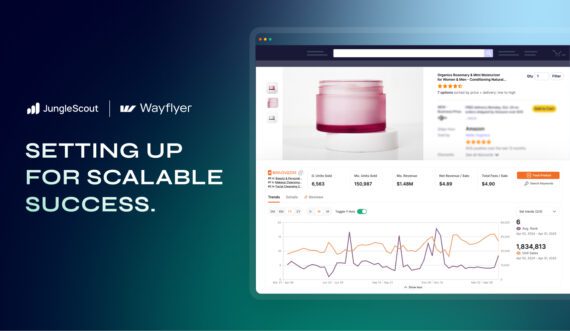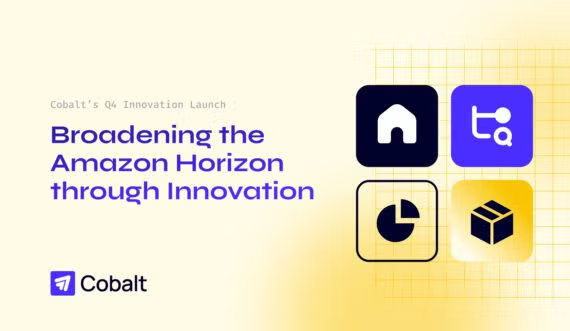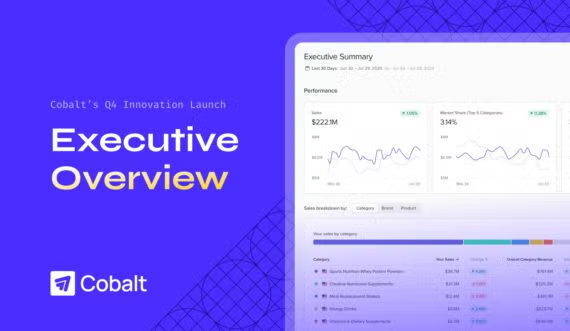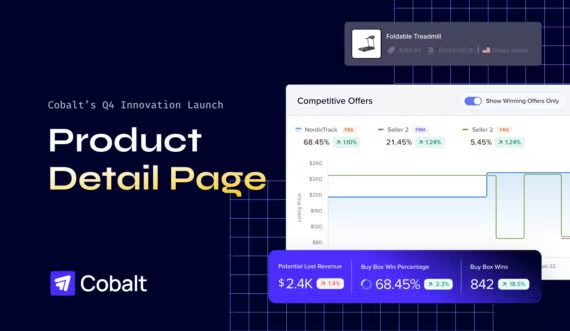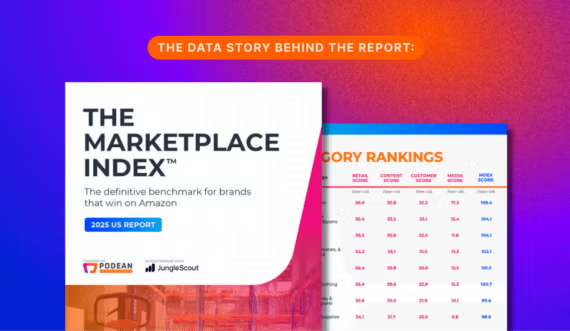We frequently discuss strategies for selling in the U.S. Amazon marketplace, but what about our friends up north? While Amazon Canada is not as big a marketplace as Amazon U.S., it’s growing fast, and there’s still a ton of opportunity for Canadian sellers to crush it. In fact, Amazon Canada receives tens of millions of monthly unique visitors — roughly 160 million each month.
If you’re an existing Amazon seller outside of Canada, or you’re a Canadian resident looking to get started selling on Amazon, we’ll take you through the simple start-up process.
How to sign up for an Amazon CA seller account
This section will go over everything you need to know when signing up for an Amazon seller account in Canada.
To get started, go to the Start Selling Online page of Amazon.ca.
As with other Amazon marketplaces, Amazon CA has two selling plans to choose from: Individual and Professional.
Individual
The individual plan is good for beginner sellers who don’t plan on selling much inventory each month. It’s a great way to get your feet wet with ecommerce without having to pay a monthly fee — just a flat rate of $1.49 CDN per sale.
Choose the individual plan if you:
- Plan to sell fewer than 20 items a month (past 20 items, your total per-sale fees will exceed the monthly fee for the professional selling plan)
- Don’t need the advanced selling tools or add-on programs included with the pro plan
- Are still deciding what to sell
Professional
The professional selling plan makes sense if your business sells more than 20 items a month, as you’ll pay a flat monthly fee of $29.99 CDN.
Choose the professional plan if you:
- Plan to sell over 20 items a month
- Want access to advanced selling tools, such as Brand Registry, and advertising capabilities
- Plan to apply for selling programs such as Handmade, Launchpad, or Amazon Business
Now that you know the difference between the individual account and the professional account, let’s start the registration process.
What you need to sign up for an Amazon account
In order to complete your seller registration, you will need the following:
- Bank account information, including your account and routing numbers
- Chargeable credit card
- Government-issued national identification
- Tax information
- Phone number
On the Start Selling Online page, click on “Sign up.”
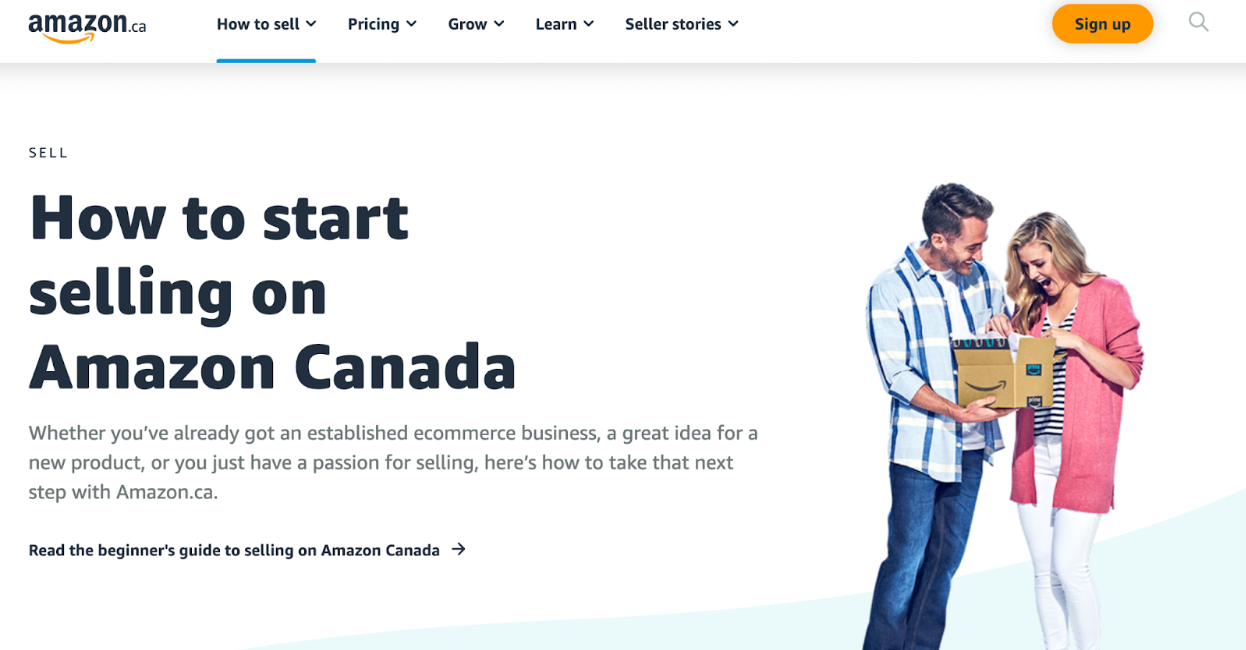
Next, create a new Amazon account with your email and password.
Now enter your business information and location. Even if you are located outside of Canada, you can still sell on the Canadian marketplace.
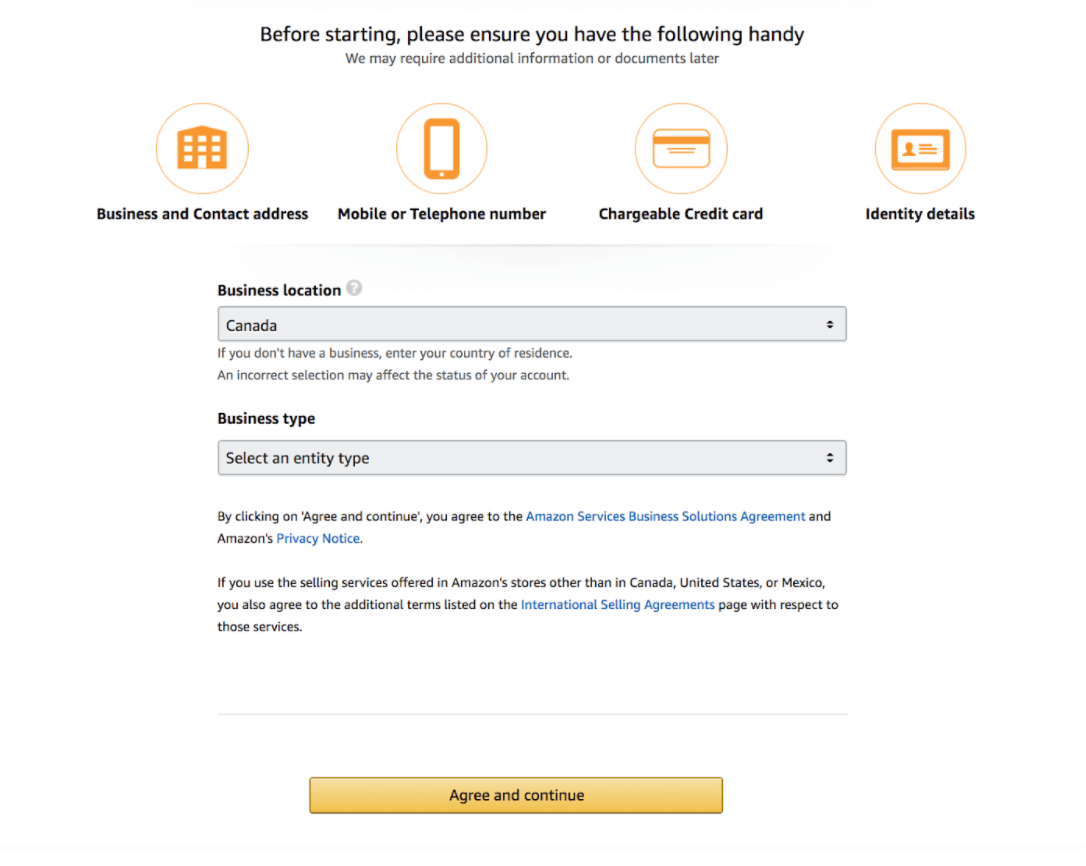
For business type, you will have a few options:
- State-owned business
- Publicly-listed business
- Privately-listed business
- Charity
- None, I am an individual
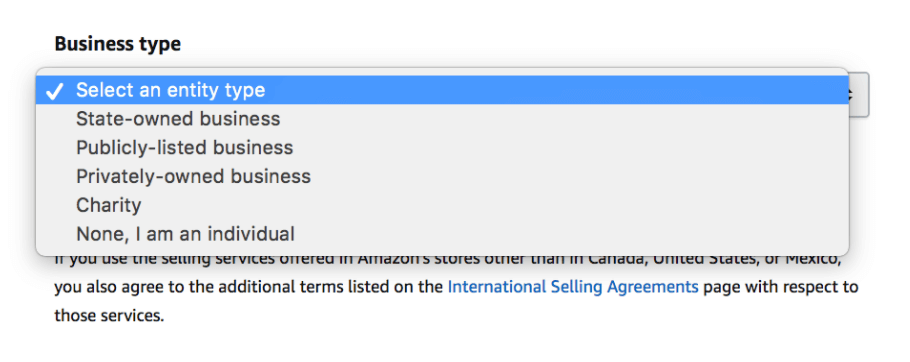
If you don’t have a registered business, choose “None, I am an individual.” Otherwise, click the option that best describes your business, then click “Agree and continue.”
The next few steps include entering your individual information, including:
- Your physical address
- Phone number
- DOB
- Billing and bank account information
- Store name and selling plan
Once you enter in all of this required information, Amazon will need to verify your account before they approve your account to sell. Once you are approved, you can start listing items for sale!
Fulfillment methods for Amazon Canada
Sellers in the Canadian marketplace can leverage Fulfillment by Amazon (FBA), or they can handle packing and shipping themselves with Fulfillment by Merchant (FBM).
Fulfillment by Amazon
FBA is what most sellers use because it saves time and adds convenience. With FBA, you can store your products at an Amazon warehouse, and Amazon staff will pick, pack, and ship the orders for you once a customer makes a purchase. On top of that, Amazon will also handle the customer service on your behalf for any order shipped through FBA.
Another major advantage of using FBA over FBM is that all of your products will be eligible for Prime shipping. Prime members are more likely to purchase Prime-eligible products, as they’ll get both their money’s worth for their subscription and their package in just 1-2 days.
Fulfillment by Merchant
FBM means that the seller will manage their own storage, fulfillment, and customer service. Some sellers prefer to use FBM, because they can save money by avoiding FBA fees and inbound shipping costs. Many FBM sellers use a third-party fulfillment service provider to store and ship their products.
For a more in-depth comparison of these fulfillment methods, please check out our Amazon FBA vs FBM Comparison Guide.
Amazon Canada selling fees
No matter if you fulfill your orders via FBA or FBM, you’ll be responsible for some seller fees. Before sending any inventory into Amazon CA FBA, make sure you properly estimate what you’ll owe. A good way to do that is by using Amazon’s free Amazon FBA Revenue Calculator. Here’s a run-down of the fees involved in selling on Amazon Canada.
Referral Fees
The referral fee is the “commission” that you will pay to Amazon for each item you sell on their marketplace. Similar to the referral fees for Amazon U.S., it typically amounts to 15% or less of the product’s sale price.
Amazon automatically collects its referral fees after each sale is made. You’ll earn the sale price of the item, minus their 15% commission (and any shipping costs if selling via FBM).
Here is the current list of Amazon Canada’s referral fees:
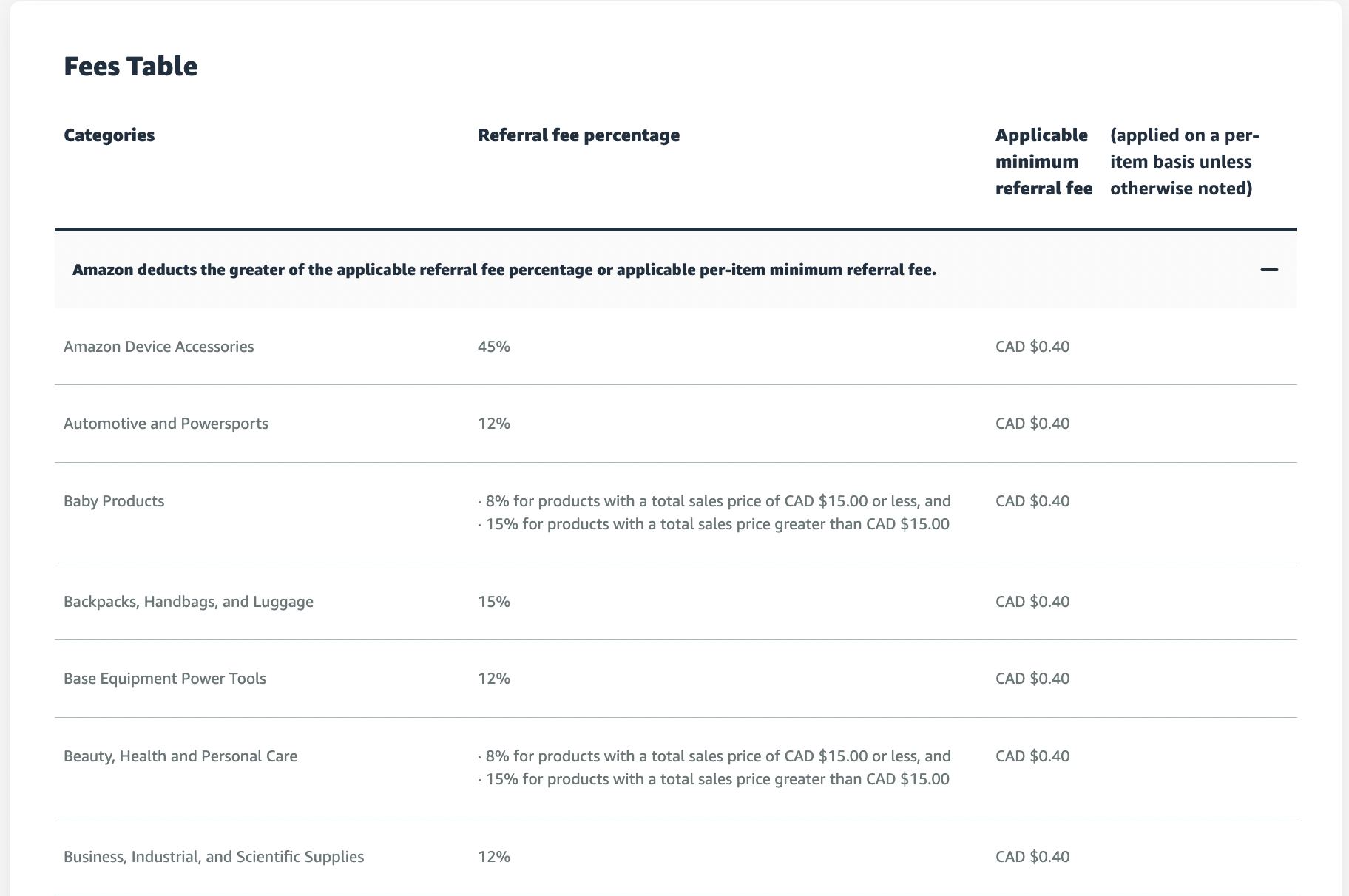
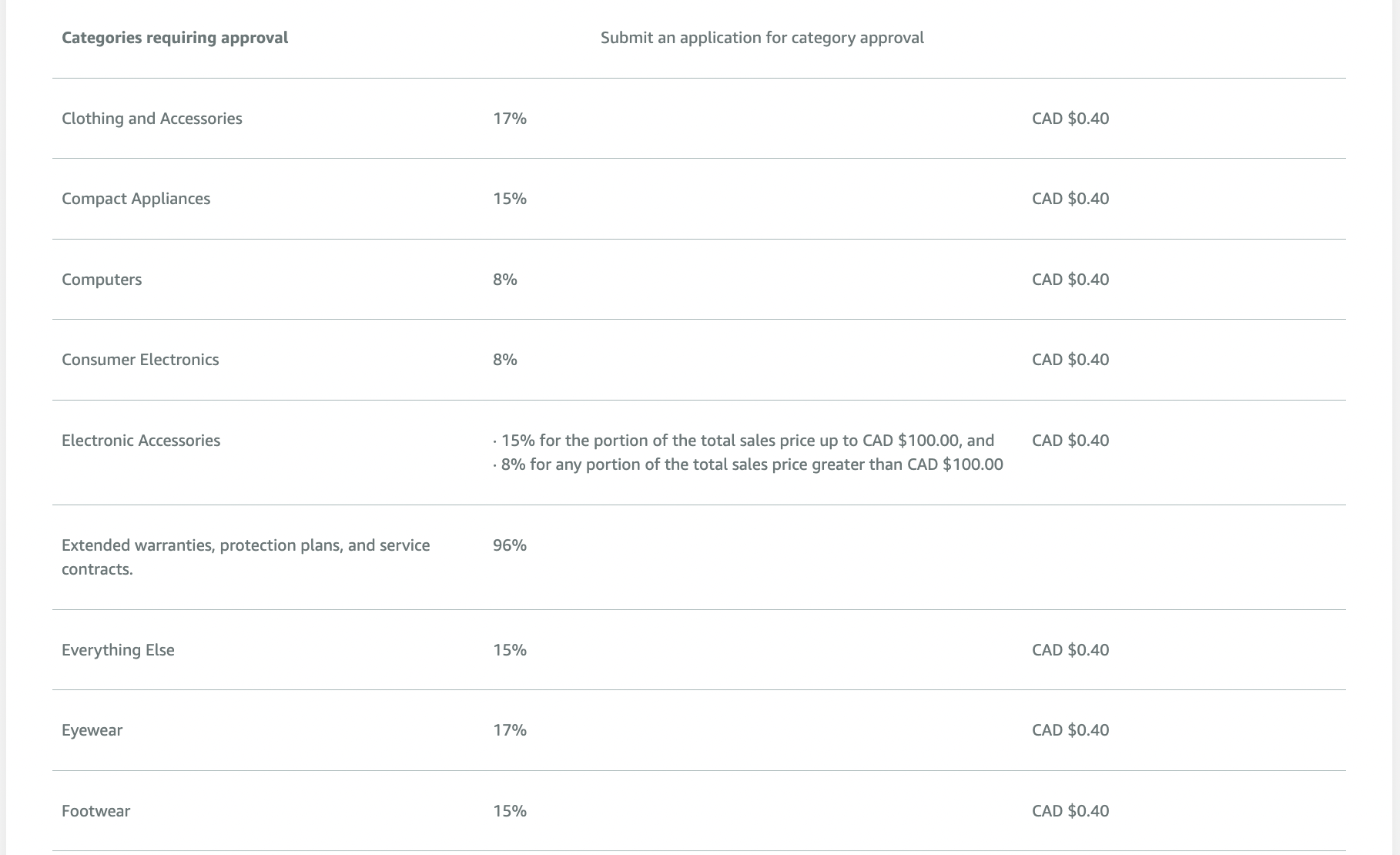
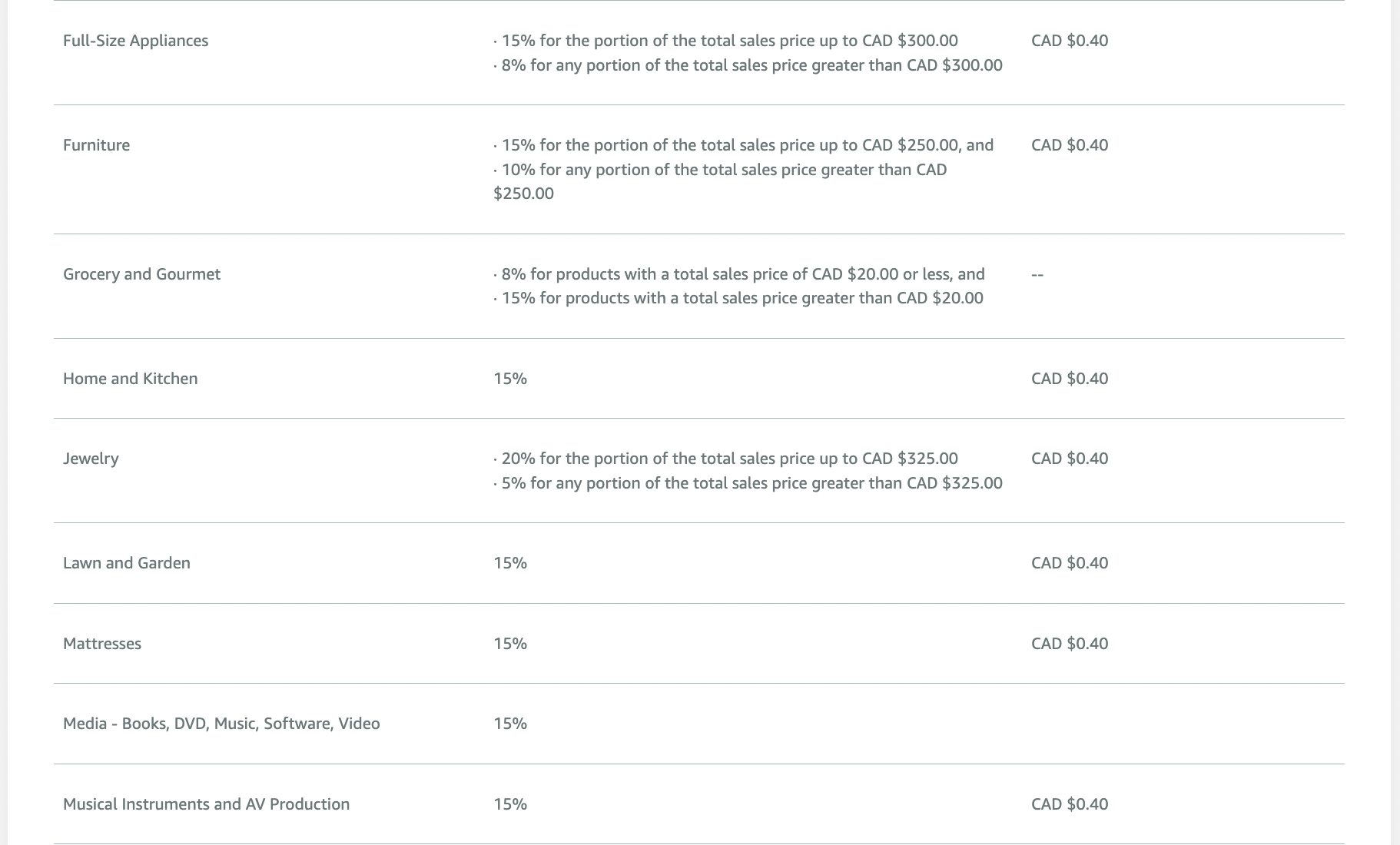
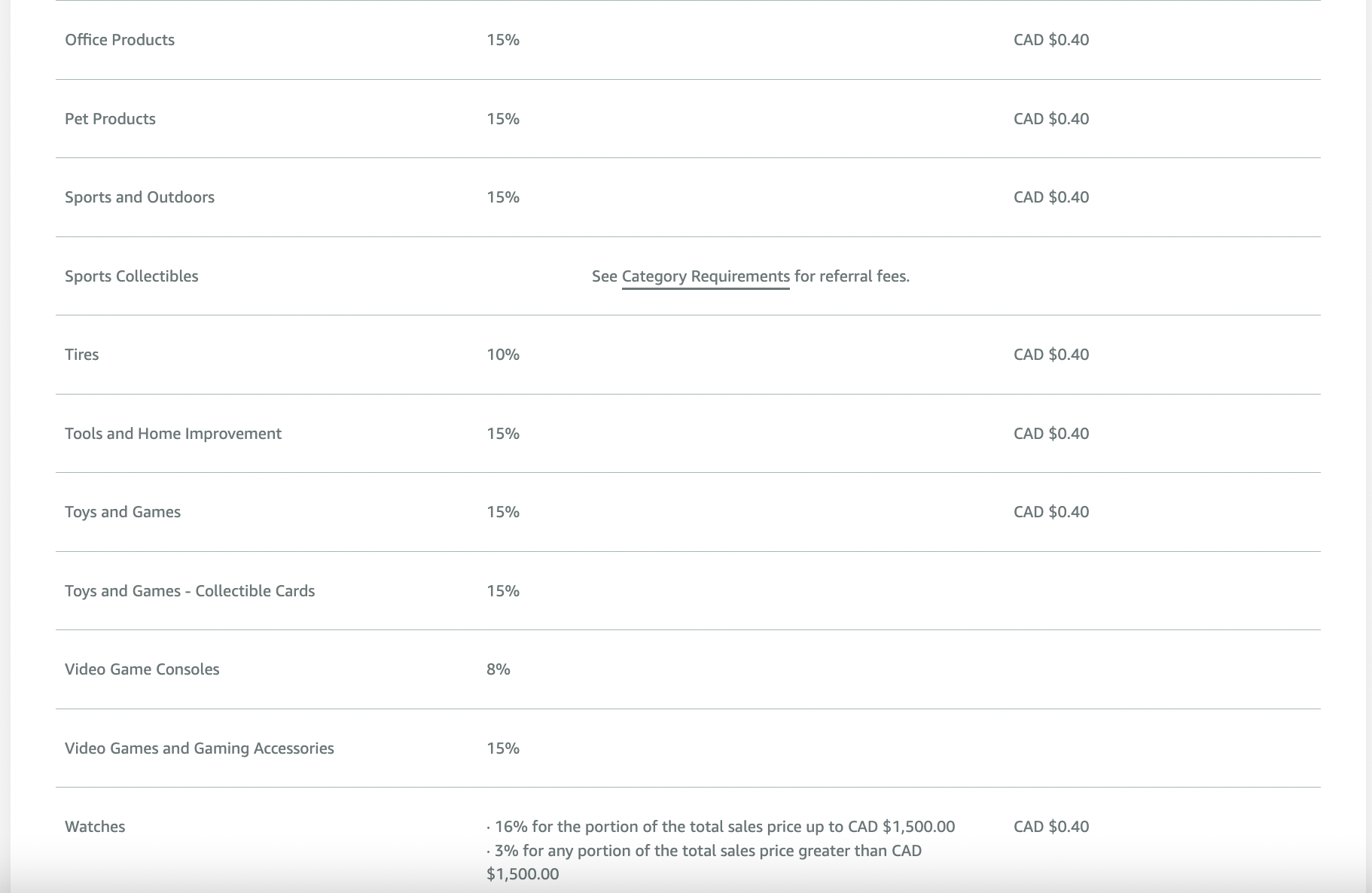
Fees that only FBA sellers pay
If you decide to use the FBA fulfillment method, you’ll be on the hook for additional fees to cover all the work Amazon will handle on your behalf (storage, packing, shipping, customer service).
The exact FBA fee you pay is determined by the size and weight of each product you sell.
Below are Amazon Canada’s current FBA fulfillment fees:
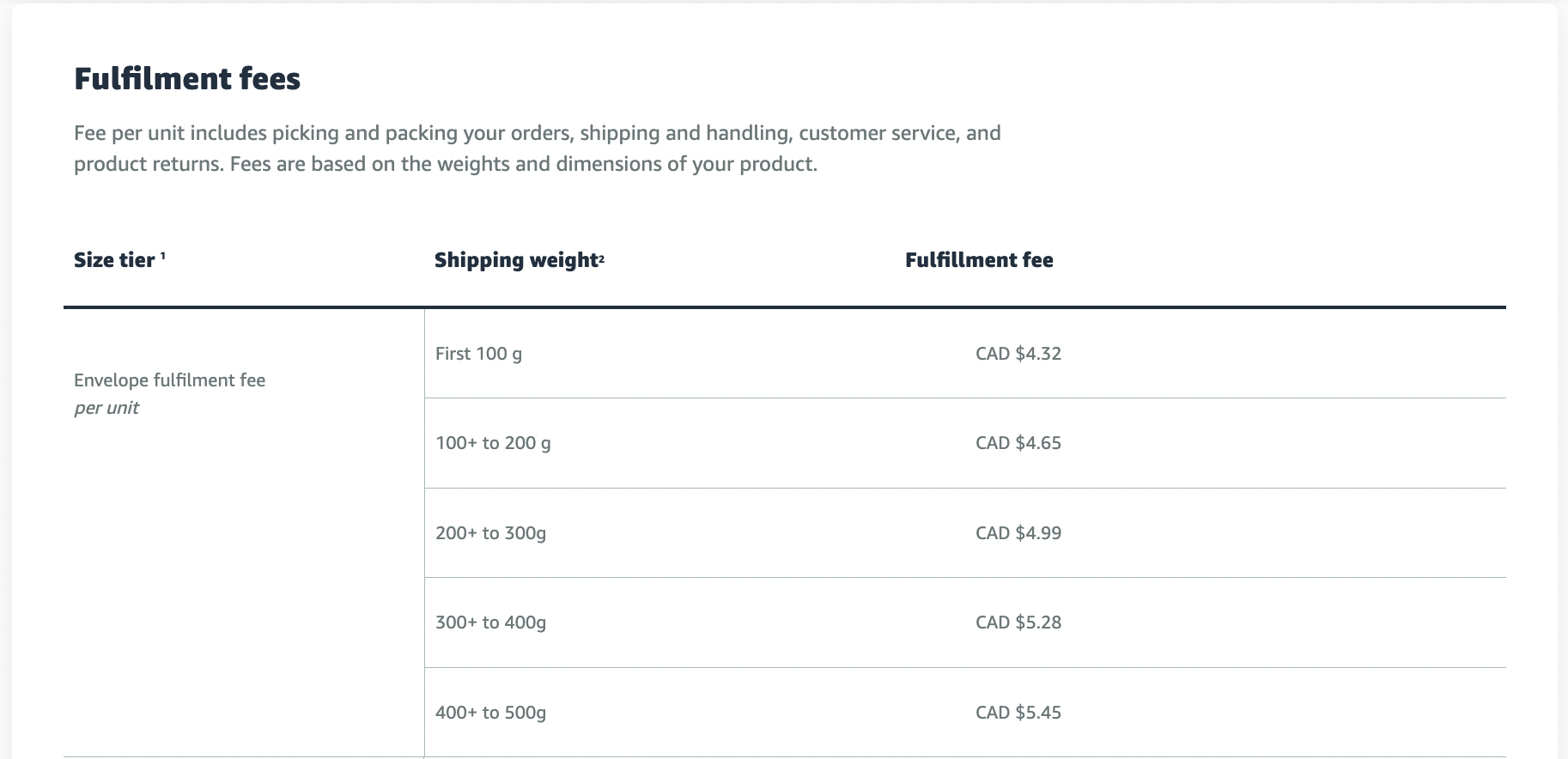
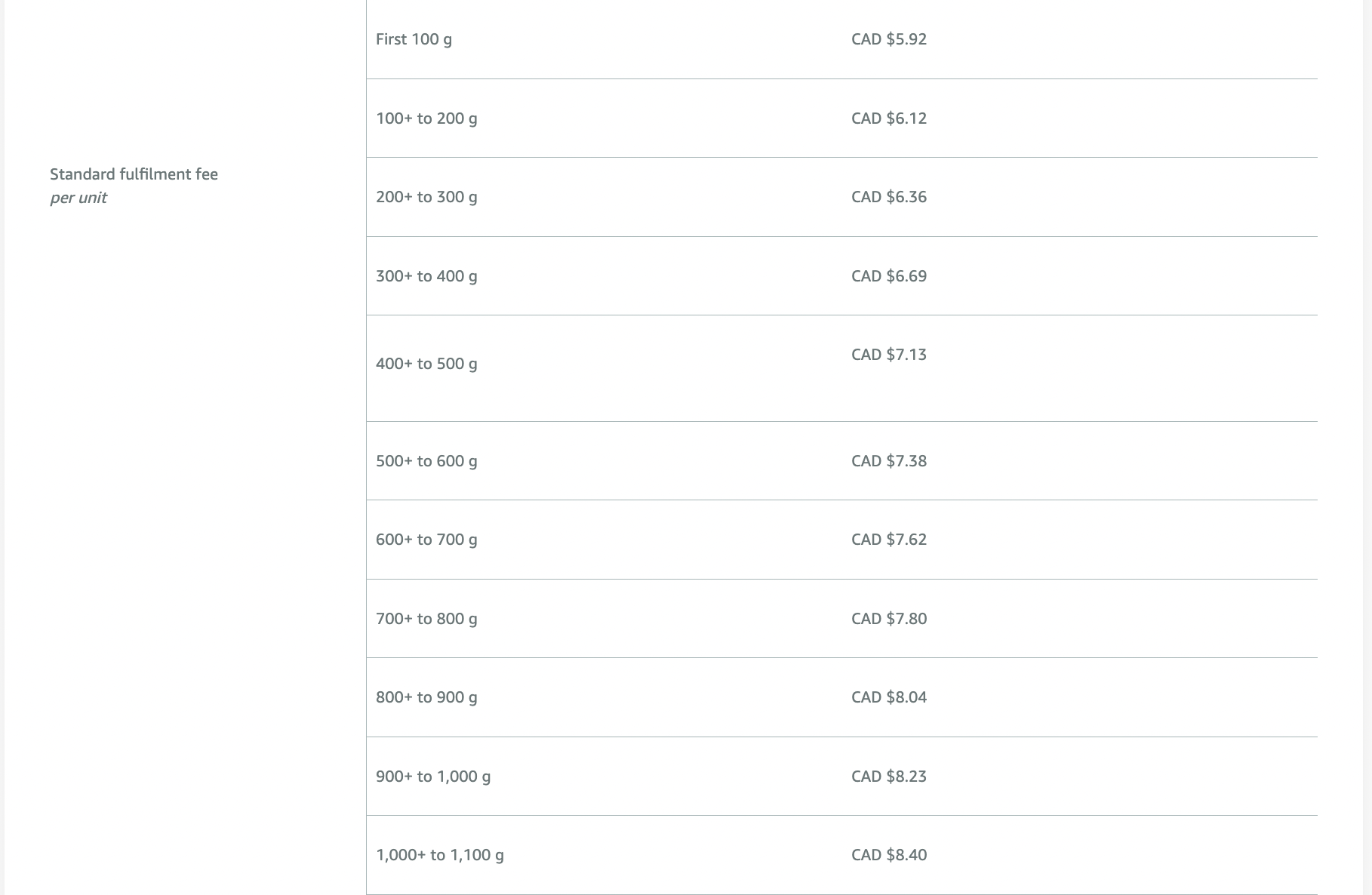
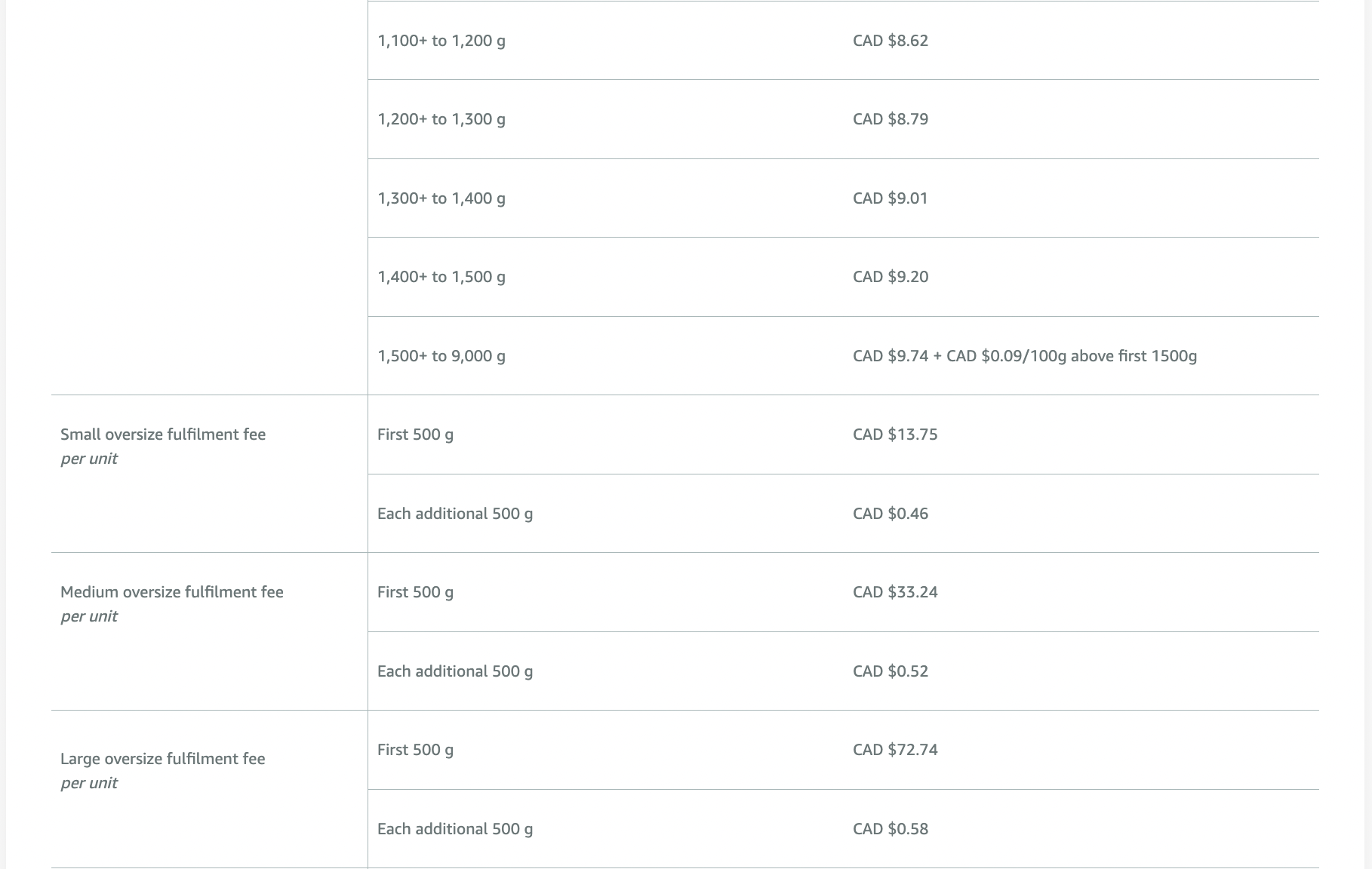

For more information on product sizes, visit Amazon CA’s product size tier page.
FBA storage fees
On top of fulfillment fees, FBA sellers are also responsible for storage fees for using Amazon’s warehouse space. There are two types of FBA storage fees: monthly and long-term.
Monthly inventory storage fee
According to Amazon, “Monthly inventory storage fees typically are charged between the 7th and 15th day of the month following the month for which the fee applies. For example, to see your inventory storage fee for January, refer to the February Payments report for transactions from 7-15 February.”
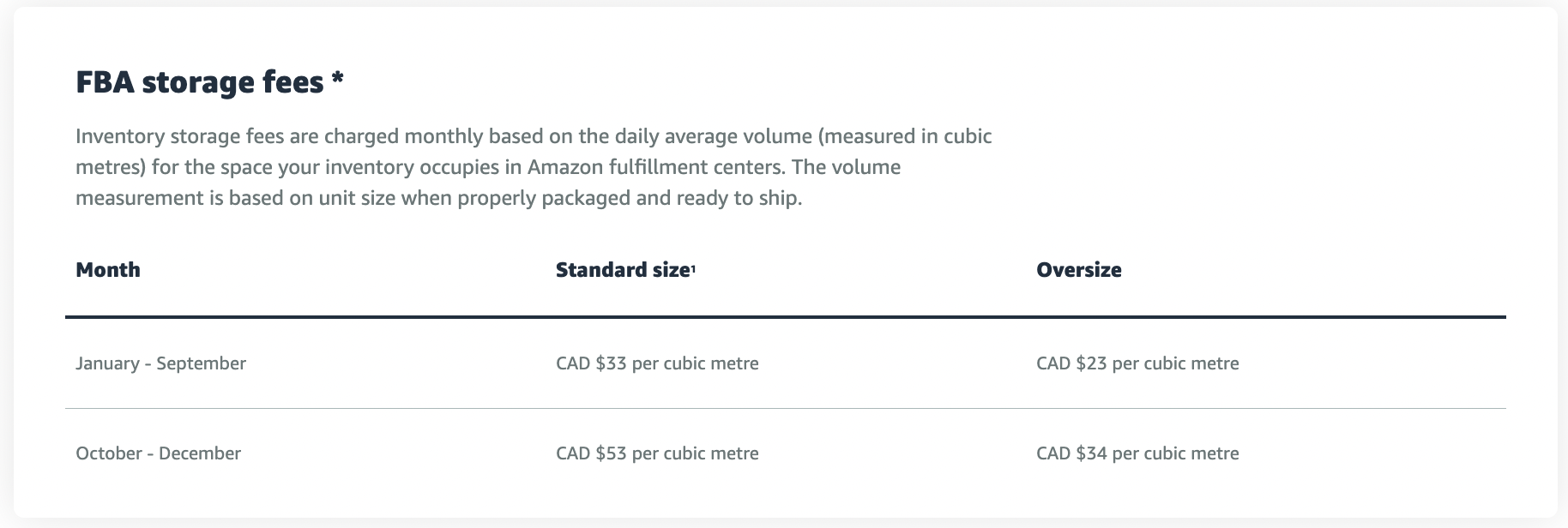
Although standard-size products are smaller and lighter than oversized products, they typically require complex shelving, drawers, or bins for storage, hence the larger storage costs.
Long-term storage fees
Similar to Amazon U.S. the the aged inventory surcharge is assessed on the 15th of each month. Any inventory that has been stored in an Amazon fulfillment center for more than 365 days will be charged a monthly long-term storage fee of CAD $262 per cubic meter.
Canadian tax and regulatory considerations
If you sell goods in Canada, you may be subject to collecting and paying federal sales tax (GST/HST) on your sales in Canada.
Federal and Provincial Sales Taxes
There are two main types of sales taxes in Canada:
1. Federal Sales Tax
Also known as the Goods and Services Tax (GST) or Harmonized Sales Tax (HST), these are administered jointly. Whether you’re charged for HST/GST depends on the particular province or territory you operate in. But you may be liable for the taxes even if your business is not registered in Canada.

2. Provincial Sales Tax
Also known as the Quebec sales tax (QST), or Retail Sales Tax (RST). Whether PST, RST, or QST applies depends on the business’s particular province.
The table below describes which taxes are applicable in each province and territory:
| Sales Tax Type | Provinces/Territories |
| GST Only | Alberta (5% GST)
Nunavut (5% GST) Northwest Territories (5% GST) Yukon (5% GST) |
| GST and PST/RST/QST | British Columbia (5% GST + 7% PST)
Manitoba (5% GST + 7% RST) Quebec (5% GST + 9.975% QST) Saskatchewan (5% GST + 6% PST) |
| HST Only | Ontario (13%)
New Brunswick (15%) Newfoundland (15%) Nova Scotia (15%) Prince Edward Island (15%) |
Note: We are not tax professionals, so please consult with an accountant or tax advisor for more information on your business tax obligations.
How to sell on Amazon Canada from the U.S.
24% of U.S. marketplace sellers already sell in Canada — are you one of them? If not, you should be!
In the past, sellers used to need separate seller accounts to sell in the U.S., Canada, and Mexico. Now, Amazon offers what’s called the North American Unified Account, allowing sellers to conveniently switch within Seller Central between the Amazon.com, Amazon.ca, and Amazon.com.mx seller tools. That way, you can sell in all three marketplaces under one professional seller account — and you’ll only need to pay $39.99 per month to list products in all three countries.
When you create an account in either one of these marketplaces, you will automatically have a unified account. To switch between each marketplace, go to your seller name at the top of Seller Central and choose Mexico, Canada, or the U.S. from the dropdown menu.
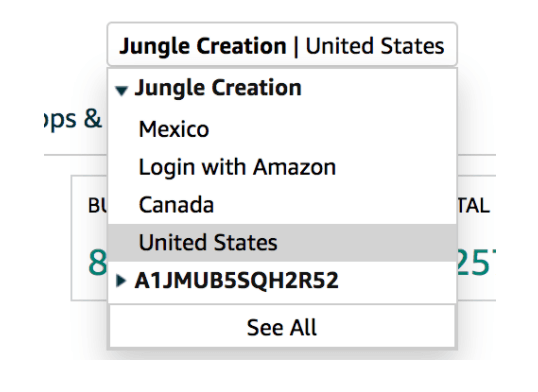
Amazon makes it fairly simple to sell in Canada from the United States. You do not need a registered Canadian business or a Canadian bank account to get started.
All you need to do is connect your US bank account to your Canadian seller account and use the Amazon Currency Converter for Sellers to route your earnings to your local bank, in your local currency.
Canadian Sales Tax
As mentioned above, Canadian sellers have different tax obligations than sellers in the U.S.
Canada collects federal sales tax, called Goods and Services Tax (GST) or Harmonized Sales Tax (HST).
Even if you are not a resident of Canada, you may be responsible for GST/HST — so before you list a product on Amazon.ca, make sure you are registered for GST/HST.
Note: We are not tax professionals, so please consult with an accountant or tax advisor for more information on your business tax obligations.
Listing your products on Amazon Canada
It is actually pretty simple to transfer your US listings over to the Canadian marketplace. In your unified account, just switch over to Canada from the drop-down menu shown above.
After that, go to the Catalog tab, then click “Add Products.”

Then, enter the ASIN from your Amazon.com listing and click search. All of the information from the U.S. listing will automatically load for your new Amazon.ca listing draft. From there, you just need to click “Sell this product” and move on to the next page.
The cool thing about this is that all of your Amazon.com reviews will actually transfer over to your Amazon.ca listing — no need to start from scratch in the new marketplace.
On the offer page, you need to enter in your price, SKU, condition, and fulfillment method.
Now, before you enter your price, check the exchange rate for USD to CAD — your price will typically be a little higher in Canada to cover the exchange rate and FBA fees.
To figure out how you should price your Canadian listing, just search Google for “USD to CAD.” Then, enter in your US price and the currency converter will tell you the equivalent price in Canadian dollars. For instance, if your Amazon.com listing price is $29.99, your Amazon.ca price point should be at least CAD$37.86 (at the time of writing).
After that, your listing will be ready to go!
Sending inventory into FBA Canada
When sending FBA inventory into Canada, we suggest sending less than what you would send to a U.S. FBA center, at least until you figure out how much product you’ll sell each month. Canada’s market is smaller than the U.S., and you may find that you don’t need the same levels of inventory to serve each marketplace. You can use Jungle Scout’s Extension and Product Tracker features to estimate the Canadian sales volume of your product or niche.
Before shipping your goods into Canada, make sure you read the Canada Border Services Agency’s Importing commercial goods guide.
Sending your inventory from the US into a Canadian Amazon warehouse is similar to sending FBA inventory to an American warehouse — though it can be a little tricky. Since Amazon CA does not have any partnered carriers (unlike Amazon U.S., which partners with UPS for cheap inbound FBA shipping for sellers), you will need to find your own carrier to ship inventory to Amazon.
Make sure you ship with a carrier that provides DDP services (Delivered Duty Paid). This ensures that all of your import taxes, duties, and fees are paid ahead of time, so Amazon doesn’t reject your shipment. Try Fedex, UPS, or DHL. After you print out your box labels and arrange the shipment with your carrier, you can go back into Seller Central and enter in the tracking number for your FBA shipment.
Sell in Canada using FBA Remote Fulfillment
If you don’t want the hassle of sending your inventory into Canada from the US, Amazon has a program called Remote Fulfillment that allows sellers to ship orders to customers in Canada and Mexico from their U.S. FBA inventory.
While the shipping speeds will be slower than the usual two-day shipping for U.S. customers, Remote Fulfillment offers Prime customers free shipping in Mexico (5 to 9 days) and Canada (7 to 12 days). Any orders fulfilled remotely will appear in your Unified account under the country of destination.
To learn more about fees and how to enroll, visit Amazon’s Remote Fulfillment with FBA help page.
Start selling on Amazon Canada
No matter which Amazon marketplace you choose to sell on, there’s no better time than now to start or expand your business. We hope this guide helps you launch your selling journey on Amazon.ca.
If you need more information on figuring out what to sell on Amazon, how to earn customers through keyword targeting, and how to find a high-quality supplier for your product, check out our full How to Sell on Amazon Guide for Beginners.
Do you have more questions about selling in Canada? Let us know in the comments below!
Want to learn more about how you can use Jungle Scout to launch, grow, and run your Amazon business? Click the “Learn More” button below!
Start selling on Amazon Canada!
Learn more about how you can use Jungle Scout to launch, grow, and run your Amazon business.
Brian Connolly is an Amazon seller, ecommerce expert, and writer for Jungle Scout. He lives in the New Jersey Shore area with his wife and cat. When he isn’t writing advice online for aspiring and experienced Amazon sellers for Jungle Scout, he spends his free time boating, fishing, and selling boating-themed items on his Amazon business.

